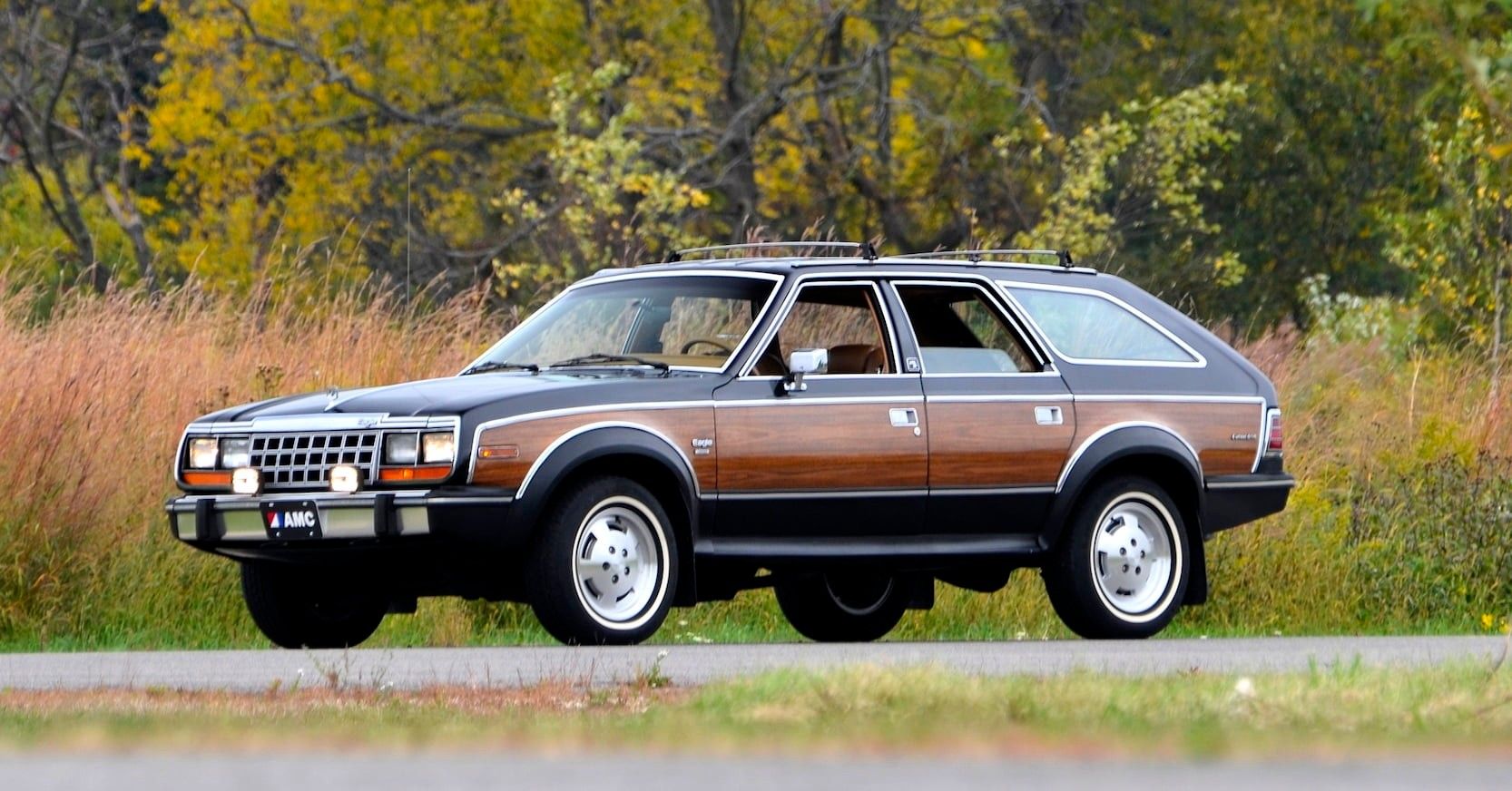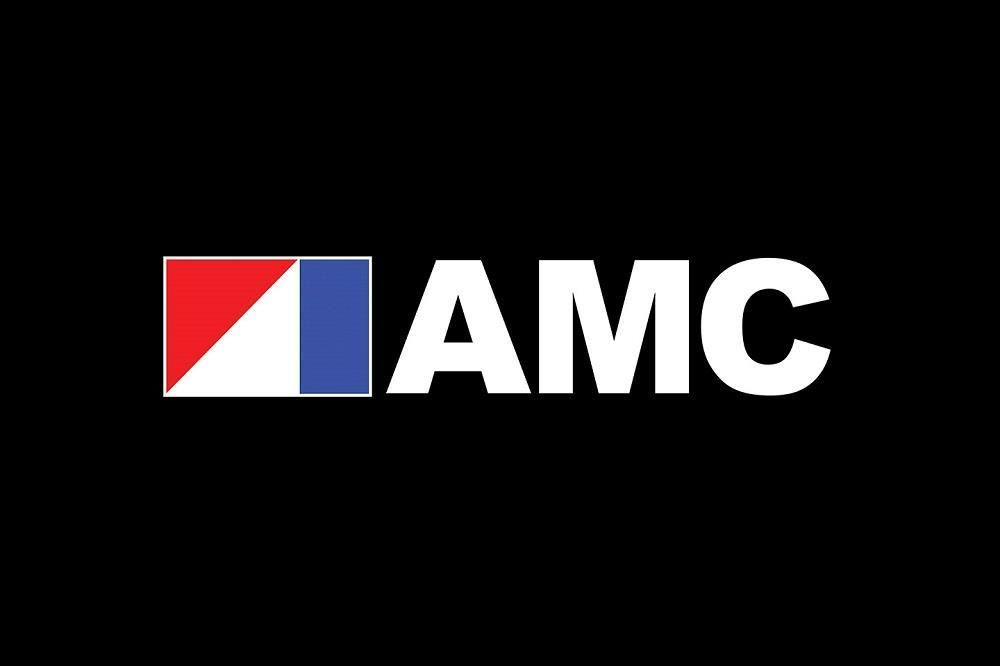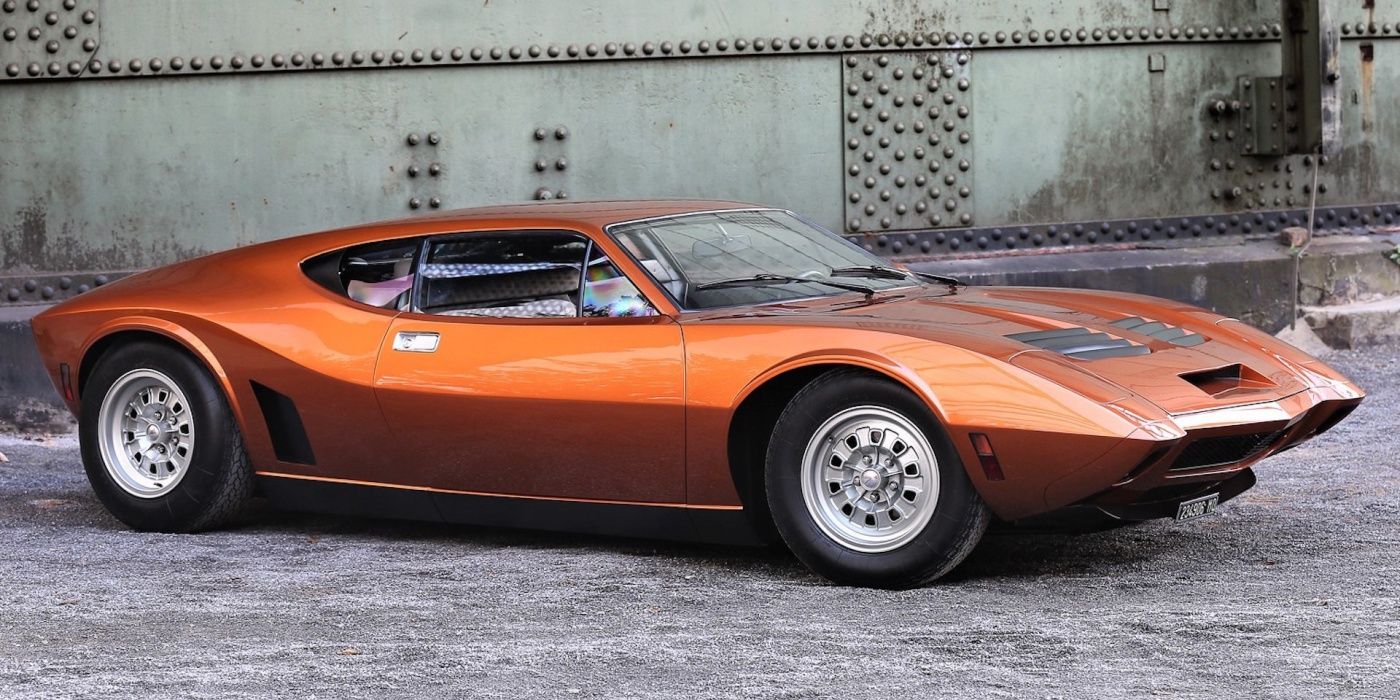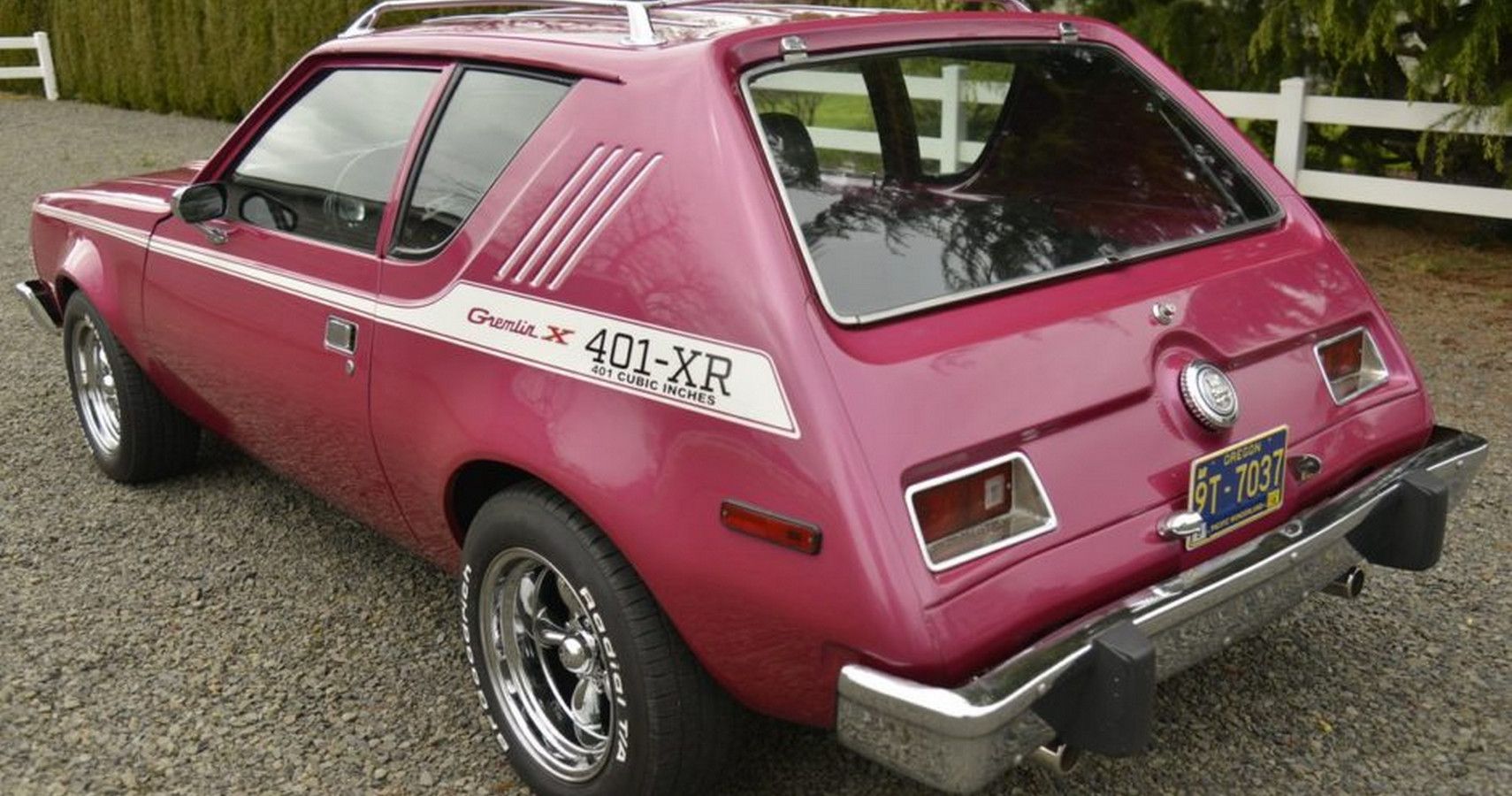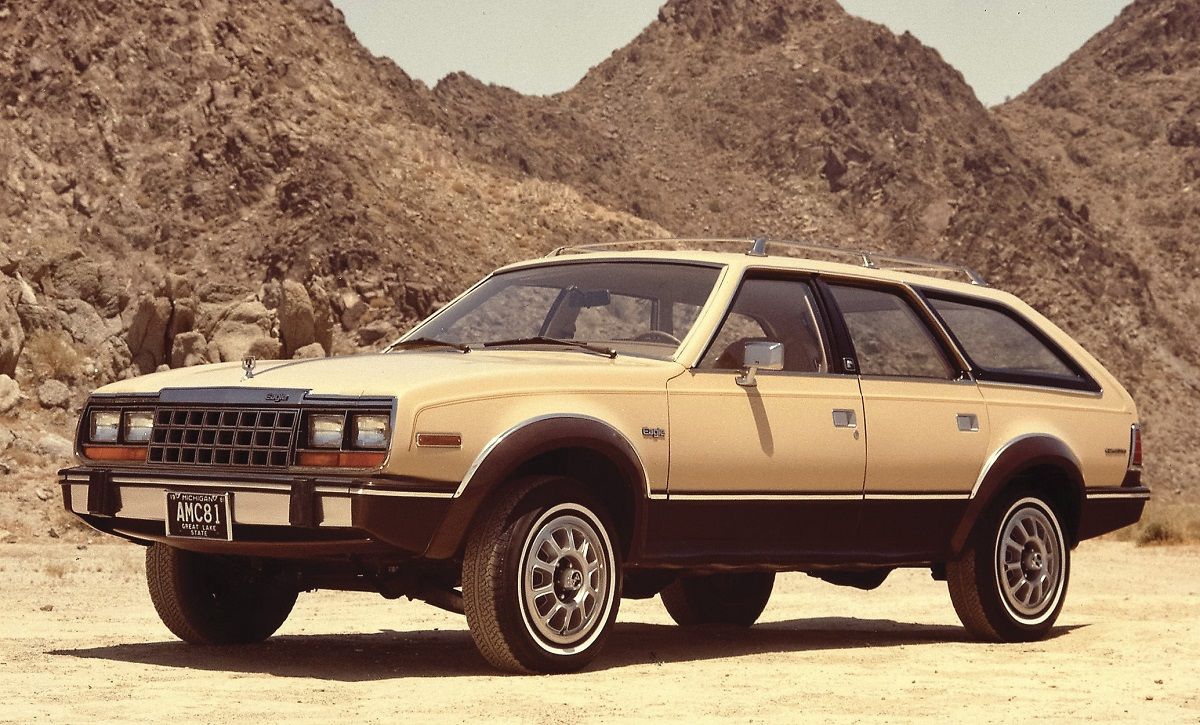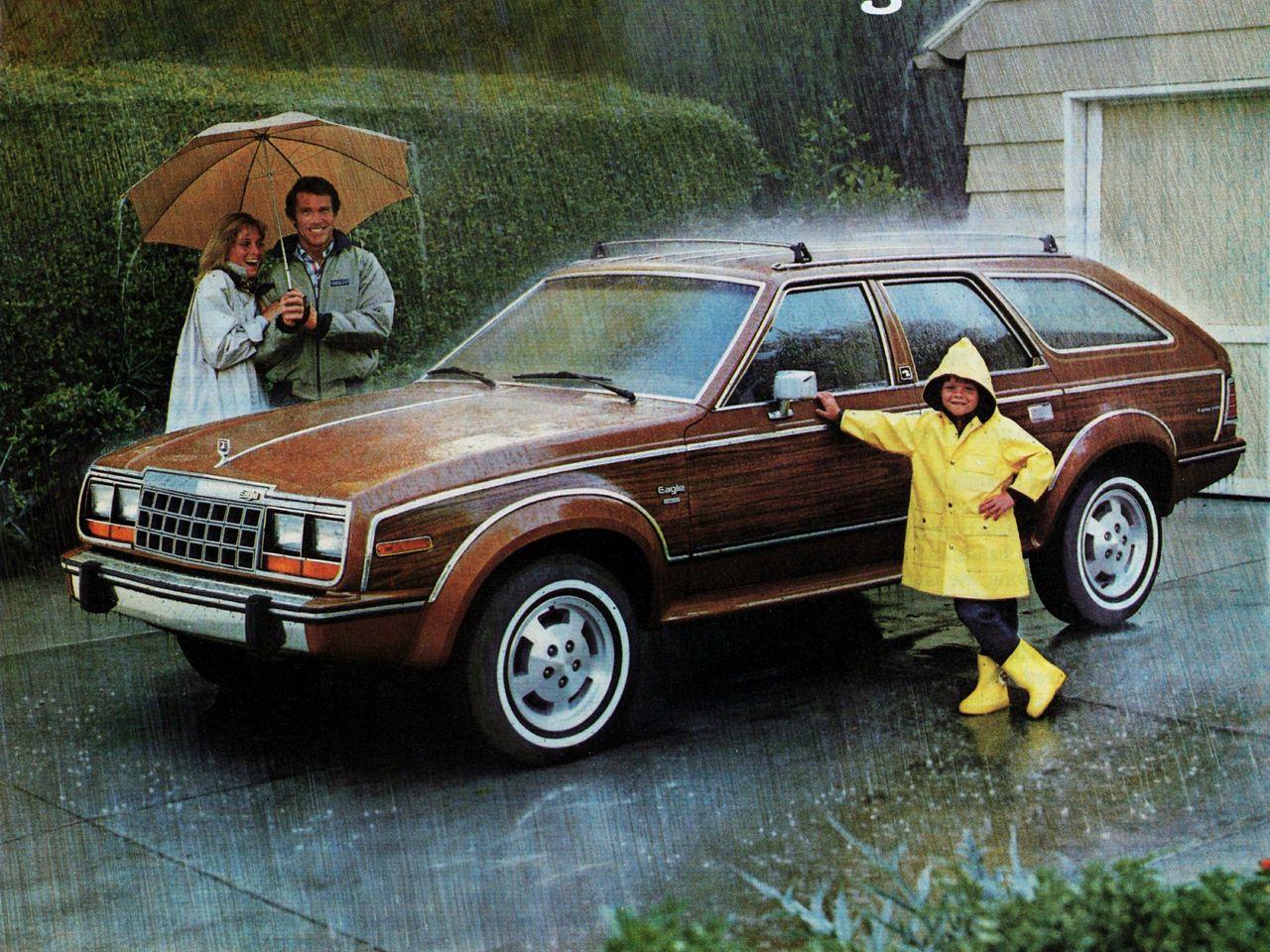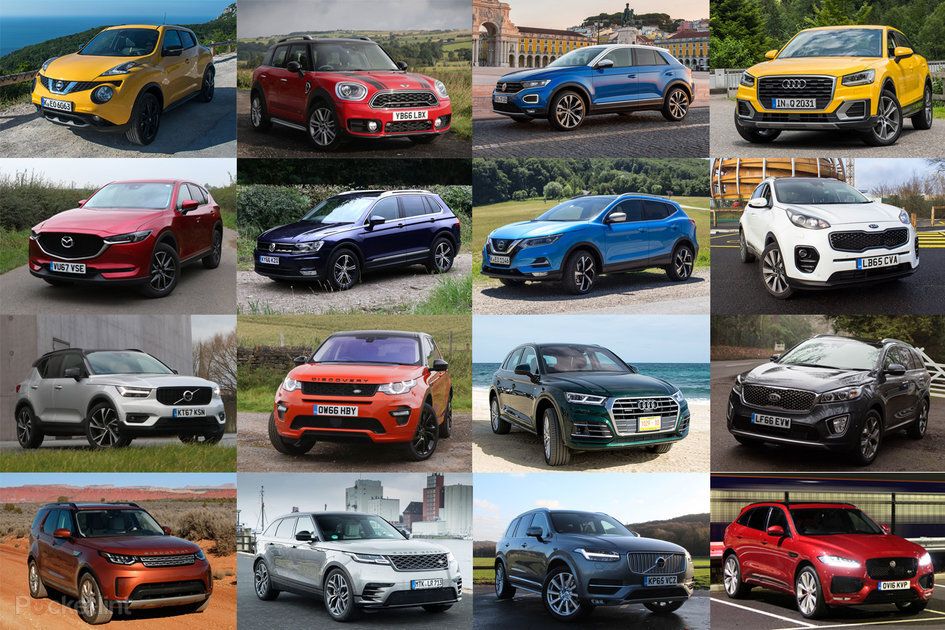Sometimes, the world's greatest inventions aren't appreciated at the time they were invented. Take Nikola Tesla, for example, and how people laughed at him in his day. Today though, they're branding world-renowned American luxury electric cars with his name in his honor.
The AMC Eagle is another one of those creations that were wholly underappreciated in its day. Now that AMC has been dead for 35 years, people are starting to look back at AMC, and only now do we realize how momentous the Eagel was for the future of the automobile in America. It may not have saved AMC from ultimate doom, but it did help the company not go into the night with a whimper but a bang.
Let's look at why the AMC Eagle the most important American car of the 1980s and why that didn't save it from failing.
American Motors Corporation
Americans born in the last 30 years have a hard time fathoming a time when Detroit's big three weren't the only game in the auto biz. For 34 years, AMC served as the scrappy underdog fourth option in the American car industry. AMC was formed in 1954 from the merger of Hudson Motors, makers of the famed Hornet, and Nash-Kelvinator, makers of the Rambler. Under the leadership of George W. Romney (yup, Mitts's father), AMC provided the biggest threat to the big three's dominance than any other company by a significant margin.
Think Tesla's market domination of the American EV market worries them today? Well, in the early 60s, AMC held a market share of anywhere from seven to ten percent of all vehicles of any kind sold in the U.S. That's not just EV's (although EV's were hardly a thing back then) but all automobiles sold, according to a New York Times article from the period.
AMC was happy to fill price gaps that the big three were too frugal or too naive to fill. Cars like the Javelin, Abbadadsor, and the AMX provided 75 to 90 percent of the frills as their rivals from Chrysler and Buick, all at a competitive price. Engines produced by American Motors are still revered today for their reliability, especially the four-liter inline-six, which served in the Jeep Cherokee all the way until the start of the 21st century.
Desperate Times, Desperate Measures
This boom period in the 60s and 70s would last long. We all know the story, in the early 70s, the oil-producing nations of the world decide to place an embargo on oil imports to America. In a single flash of politics and international relations disasters, the muscle car era was brought to a sad and abrupt end. The oil embargo especially wounded AMC, spending the rest of its existence grasping at straws to maintain its relevance. The 70s would not be kind to AMC, and dud after dud in the form of the Gremlin, Pacer, and the Spirit put AMC so far behind the big three, they'd need a miracle to stay remotely relevant.
The Eagle
AMC likely had no idea how important a creation they brought into the world when the Eagel first went on sale. Make no mistake, though, it set the stage for the crossover SUV revolution of the 2000s. The Eagle was the brainchild of English born Royston Charles Lunn, or Roy, as he was called. He'd previously worked as an engineer for Ford in Europe and America. His biggest achievement while there was likely helping to build the first Mustang Boss 429.
Lunn knew the impact the oil crisis had on the psyche and the wallets of everyday Americans. When he saw how inefficient most off-road vehicles were at the time (The Original Bronco immediately springs to mind), he knew the only way forward was to downsize and to innovate. The result was the first unibody, four-wheel-drive family estate car the country had ever seen. Add the venerable AMC Inline Six to the equation, and Roy Lunn was certain he'd come up with a winner. In the end, he did, but not in the way he probably expected.
A Nation Stuck In Its Ways
Sadly, the Eagle wasn't a sales success, and there's a couple of reasons for this. Chief among them is that matter of factly, Americans were just not ready to embrace crossovers in the 1980s. When you consider that the big, traditional Oldsmobile Cutlass was one of the best selling American cars of the decade, this makes a little more sense. The traditional design was warm and familiar to Americans who enjoyed muscle cars of the 60s, even if they weren't fast, or reliable, or safe.
The next biggest problem was the genesis of the Minivan craze. Vans like the Plymouth Voyager, Renault Espace, and Dodge Caravan sat more people than the Eagle and was competitive in fuel economy. That lethal combination spelled doom for the Eagle, as well as AMC itself. Crysler absorbed the company in 1988, and the Eagle became a forgotten footnote in the story of the rise and fall of American Motors Corporation.
Two Decades Ahead Of Its Time
The Eagle failed to save AMC from death. But it ultimately served a far greater purpose. We can't imagine a world today that isn't dominated by all-wheel-drive crossover SUVs. Modern icons like the Subaru Outback, Acura MDX, or any other four-wheel-drive family car can all trace their design lineage back to Roy Lunn's brainchild.
Lunn died in 2017 at the age of 92, with his name among the all-time engineering greats. We'd like to end this by raising a toast in his honor. Without him, who knows what the modern automotive universe would look like.
Sources: NY Times, inthe1980s.com, Exploringnevada.com

